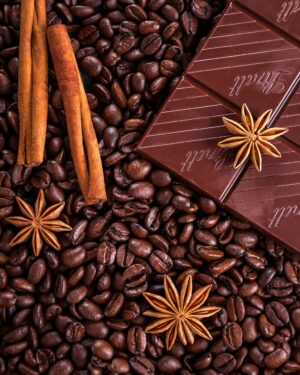
Want to improve your wine sensory skills?
So you are having trouble smelling wines and feeling intimidated? Have no worries, help is here.
How are these smells or aromas created?
They are produced either by the grape itself or introduced during the wine making process throughout the various stages.
According to the Journal article “The importance of the olfactory sense in the human behavior and evolution” written by C Sarafoleanu, C Mella, M Georgescu, and C Perederco, “olfaction has a small contribution in identifying objects or other people but plays an important social and emotional part”.
This means that everything we smell in wines are just the same molecules that we connect to smells we do remember but that does not sound very sexy, does it?
Let’s then understand that we either recognise smells and tastes or we don’t. So how to get started to on creating this special memory bank of smells and tastes.
How to get started on training your olfactory senses?
It’s a combination of smelling with your nose and tasting using your mouth. Be aware of all your experiences through these sensory organs.
Start with being aware of all the smells you encounter all the time and what you are ingesting.
-
- Do you start your day with tea, coffee, or a glass of orange juice?
-
- Do you eat breakfast? Smell that oats, smoothie or that banana.
-
- What flavour of toothpaste do you use? Minty?
-
- What aroma does your deodorant, aftershave, perfume have?
-
- What aroma does your moisturiser or body butter have?
Save these smells (good or bad) and tastes into your memory bank as you go through your day. Be aware of the different smells around you? Yes, even the smell of petrol, stinky socks and flowers matter.
What do you taste as you drink and eat? Salty, sweet, bitter, chilli, sour or umami? Umami foods include mushrooms and soy sauce.
How to improve your olfactory senses?
Cooking and preparing foods are one of the best ways to increase your smell library. I cook with a lot of herbs, spices (both whole and ground) as well as a lot of vegetables and this has helped me identify spicy and herbaceous notes in wine. Growing my own tomatoes allowed me to identify tomato leaf in wine. Having cats allowed me to smell “cat pee” in Sauvignon Blanc! Well we have to blame that one on a specific molecule (4-methyl-4-mercaptopentan-2-one).
Try to smell and eat fruit as it goes through the process of getting to overripe. Try different varietals of the same fruit, e.g a Granny Smith apple smells different to a Golden Delicious. Smell some granadillas; smell a rose vs a litchi.
As you improve your smell and taste library, you will identify more smells in your wine and brandy. You will also notice that chilled white wine may be a little shy sometimes and that as it warms, more aromas come through.
You can have lots of fun with this exercise.
So…. what are you waiting for? Get started today!
